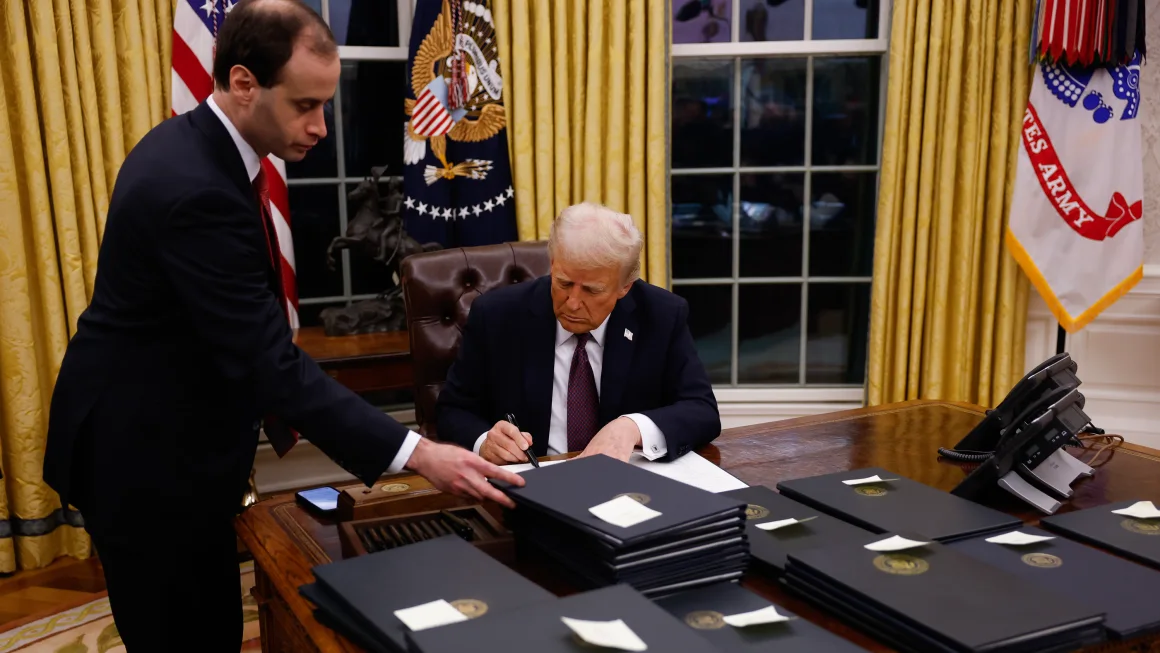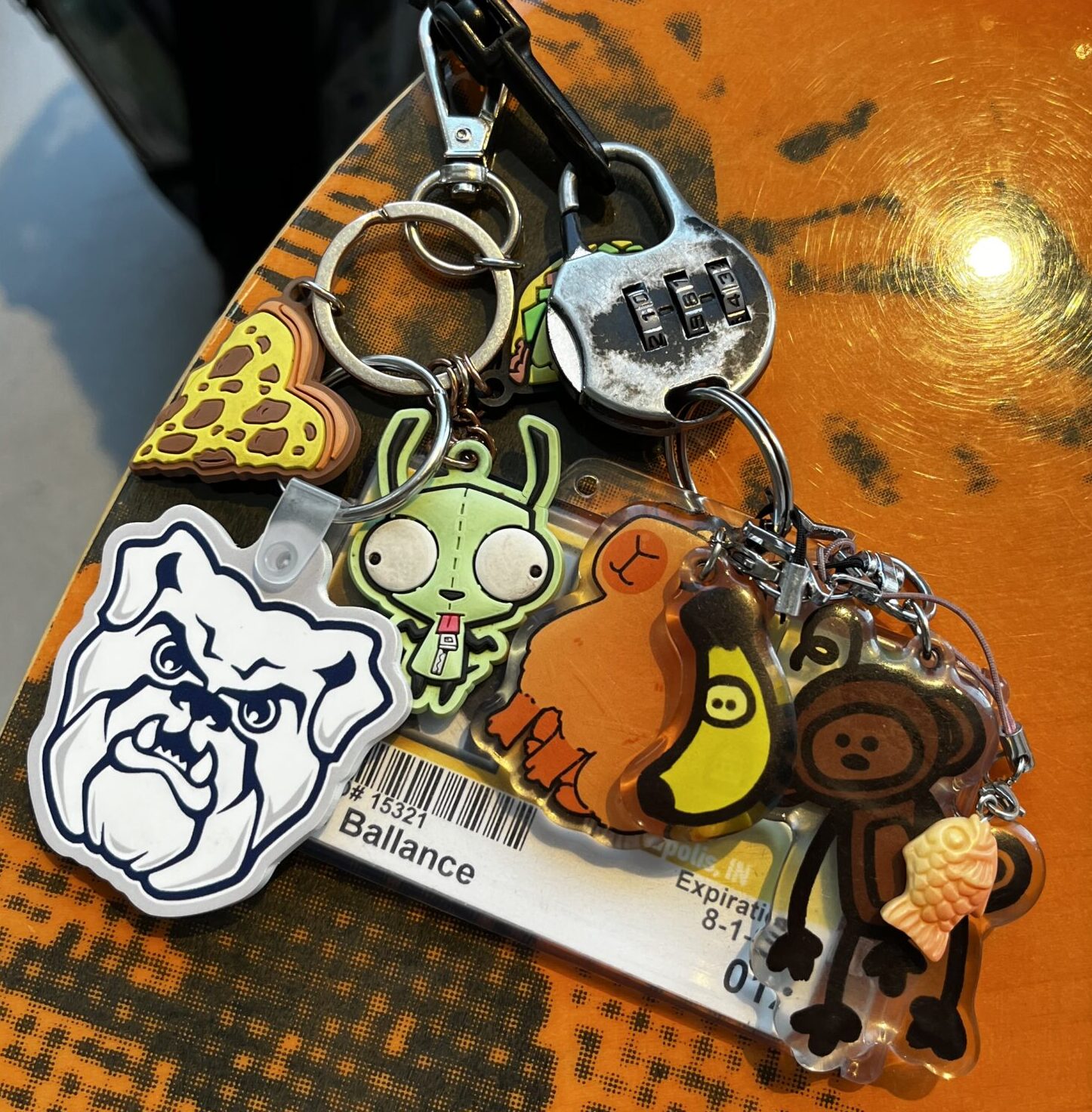In recent years, clear backpacks have been introduced in schools under the banner of safety and transparency. Administrators argue that if students are required to carry transparent bags, it will deter the smuggling of contraband, weapons, or other dangerous items. On the surface, this policy might seem logical. After all, if you can see everything, there’s nothing to hide—right? But beneath this layer of supposed protection lies a much deeper issue: the clear backpack does not create real safety. Instead, it invades privacy, fuels anxiety, and sends a message that all students are suspects. First and foremost, clear backpacks are an invasion of personal privacy. Teenagers carry more than just school supplies in their bags—they carry pieces of their personal lives. Items like feminine hygiene products, medications, personal notes, or even small comfort objects can now be seen by everyone. Forcing students to expose their belongings to their peers and school staff strips them of a basic sense of dignity and personal space. It’s not about hiding something wrong—it’s about the right to keep personal items personal. Moreover, clear backpacks create an atmosphere of paranoia and mistrust. Instead of building relationships and promoting communication, schools are choosing to police their students. This “guilty until proven innocent” mindset tells young people that they are not to be trusted, and that everyone around them is a potential threat. Rather than fostering a safe and supportive environment, this policy amplifies fear and division. Students feel watched, not cared for—and that distinction makes all the difference. Ironically, clear backpacks offer no true protection from real dangers. If someone is determined to do harm, a see-through bag isn’t going to stop them. Dangerous items can still be hidden in clothing, lockers, or passed between students in other ways. What’s worse is that this performative security measure can lead schools into a false sense of control—checking a box without making any actual improvements to mental health resources, school counseling, or violence prevention strategies. It’s security theater, not security. Clear backpacks also disproportionately affect students who are already marginalized. Students with anxiety, body image issues, or trauma may find it incredibly triggering to have no privacy. Those from lower-income backgrounds may feel even more exposed if their supplies are limited or their belongings are worn or second-hand. Instead of focusing on inclusivity and equity, this policy highlights differences and increases the risk of bullying or humiliation. If schools truly want to protect their students, they need to shift their focus from transparent bags to transparent conversations. Real safety comes from strong mental health support, open dialogue, and trained staff who know how to recognize when a student is struggling. Peer mentoring, restorative practices, and conflict resolution programs do far more to reduce violence and promote connection than any see-through plastic ever could. Students want to be heard and understood—not searched and scanned. In the end, the clear backpack represents everything that’s wrong with reactionary school policies. It’s a quick fix to a complex problem, and it does more emotional harm than good. It’s time we stop pretending that visibility equals safety and start addressing the deeper roots of school violence, mistrust, and mental health neglect. Let’s ban the clear backpack—not because students have something to hide, but because they deserve something to protect: their dignity, their privacy, and their peace of mind.It’s time for schools to stop hiding behind plastic and start investing in people. Instead of spending money on clear backpacks and other superficial fixes, imagine what that budget could do if redirected toward hiring more school counselors, funding student-led mental health initiatives, or creating safe spaces for open conversations. Real protection comes from trust, not transparency. From connection, not control. Clear backpacks don’t just fail to stop violence—they actually create new problems, like theft. When everyone can see what’s inside your bag, it becomes easier for someone to target you. Students carrying expensive items like phones, chargers, or even name-brand school supplies become easy marks. With no privacy, there’s no way to protect your personal belongings from wandering eyes. Instead of reducing risk, clear backpacks make students walking showcases for potential theft. As students, we’re not just bodies to be monitored—we’re individuals with thoughts, fears, and lives that deserve respect. And as a community, we need to push for policies that treat us that way. If schools truly want to protect us, they need to listen to us. The clear backpack policy doesn’t make us feel safer—it makes us feel exposed, vulnerable, and unprotected in new ways. Our privacy matters. Our safety matters. So let’s advocate for smarter, more compassionate solutions. Let’s call for safety plans that focus on mental health, early intervention, and student voices. And let’s ban the clear backpack—not because it exposes our belongings, but because it exposes the broken logic of a policy that causes more harm than it prevents. It’s time to stop settling for the illusion of safety—and demand the real thing.
take the poll:
Herron High School journalism 2024-2025

Herron High School Journalism Mission Statement
The mission of the Herron High School Journalism department is to present an original, accurate, respectful collection of memories from our diverse culture and community without bias to thoughtfully represent the differing interests of our community.




